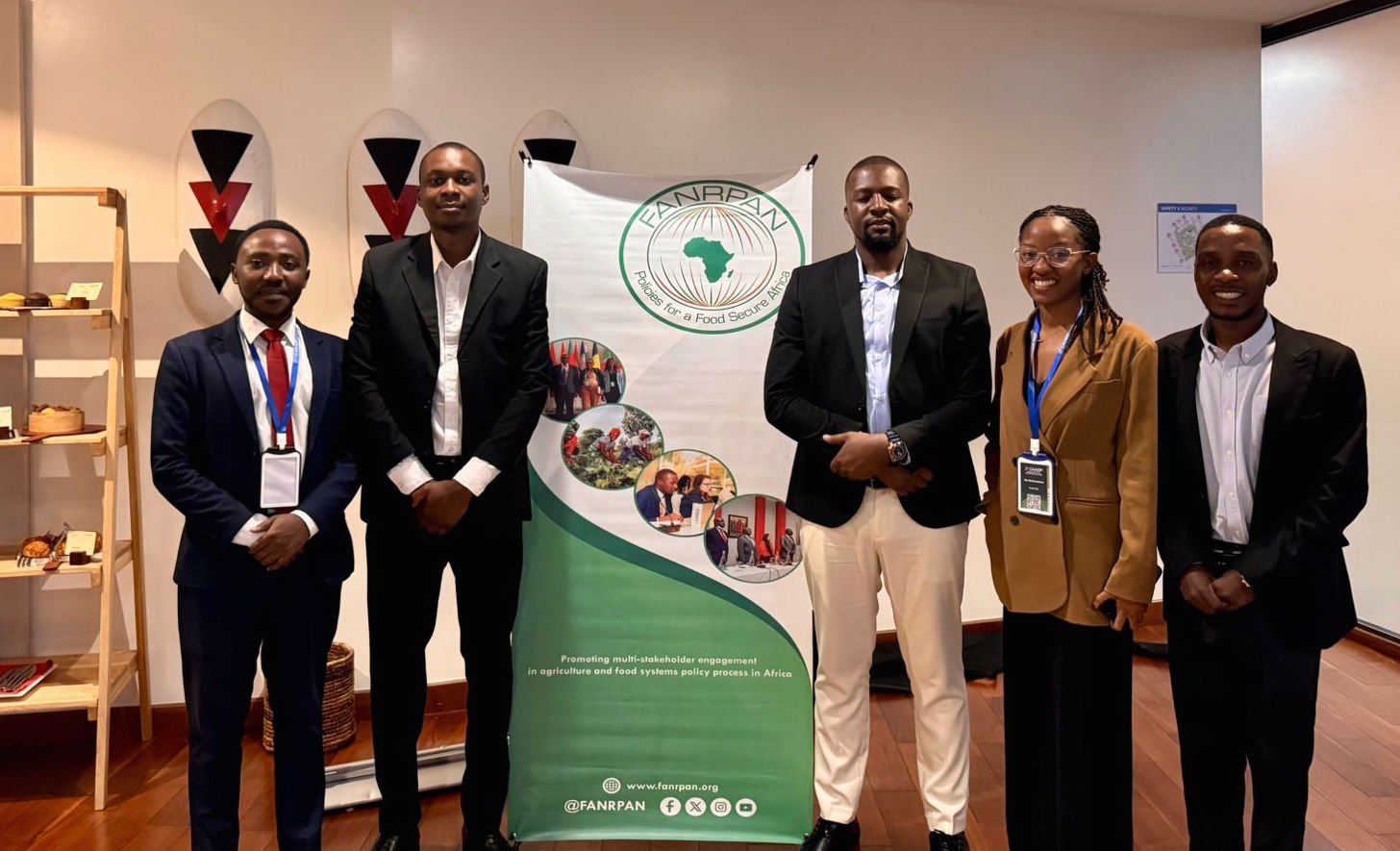Zimbabwe News Update
Getting yourTrinity Audioplayer ready…The Alliance for a Green Revolution in Africa (AGRA), through the Youth in Employment from Food and Agriculture (YEFFA) programme, convened a focused side event at the Comprehensive Africa Agriculture Development Programme Partnership Programme (CAADP PP) in Kigali on 30 October 2025.There were participants from across government, the private sector, and development partners. Notable attendees included Dr Tshilidzi Madzivhandila, the Chief Executive Officer of the Food, Agriculture and Natural Resources Policy Analysis Network (FANRPAN), representatives from AGRA, and a cross-section of stakeholders, bringing the audience to 20 participants.“Let’s stop calling youth a ‘cross-cutting add-on.
Cross-cutting is what we say when we’ll do a little bit everywhere and not enough anywhere. Youth must be a main theme, a headline pillar with clear goals, seats at the table, and money behind it. When we build programmes around youth as co-designers and market actors, we move from pilots to scale.” Suwilanji Sinyangwe of FANRPAN.“Mentorship beats early money when it opens doors to customers.
Pair guidance with offtake, not just pitch decks.” Chikondi Mbwe, ZambiaThe Youth Innovation Panel brought together four young founders and ecosystem builders from Rwanda and Zambia for a practical conversation on adoption, finance that fits, and mentorship-to-market pathways.Speakers stressed starting with farmer pain points rather than technology trends, and illustrated how co-design with smallholders keeps solutions usable and affordable.
They described the limits of grant-dependent pilots, urging a shift toward ventures embedded in real value chains with clear offtake, bundled support (technology, market access, finance, and skills), and digital inclusion by design.Participants engaged AGRA representatives and peers on how to translate national commitments into operational mechanisms, such as youth seats in programme governance, innovation sandboxes to test and scale responsibly, and blended finance that de-risks early stages while crowding in private investment.The discussion made one point clear: youth must sit at the centre, not as a vague “cross-cutting” add-on, but as a primary design pillar with seats at the table, measurable targets, and ring-fenced budgets.
Scale comes from bundled models that pair practical technologies with reliable market linkages, working capital aligned to cash-flow cycles, and mentorship that opens doors to customers rather than stand-alone training.Participants highlighted innovation sandboxes, especially those linked to offtakers, as a near-term way to test, learn, and scale while managing risk. They also stressed the enabling conditions for durable, investable growth: digital inclusion, accessible collateral arrangements, and authentic youth co-creation in programme design and monitoring.
Getting yourTrinity Audioplayer ready…
The Alliance for a Green Revolution in Africa (AGRA), through the Youth in Employment from Food and Agriculture (YEFFA) programme, convened a focused side event at the Comprehensive Africa Agriculture Development Programme Partnership Programme (CAADP PP) in Kigali on 30 October 2025.
There were participants from across government, the private sector, and development partners. Notable attendees included Dr Tshilidzi Madzivhandila, the Chief Executive Officer of the Food, Agriculture and Natural Resources Policy Analysis Network (FANRPAN), representatives from AGRA, and a cross-section of stakeholders, bringing the audience to 20 participants.
“Let’s stop calling youth a ‘cross-cutting add-on. Cross-cutting is what we say when we’ll do a little bit everywhere and not enough anywhere. Youth must be a main theme, a headline pillar with clear goals, seats at the table, and money behind it. When we build programmes around youth as co-designers and market actors, we move from pilots to scale.” Suwilanji Sinyangwe of FANRPAN.
“Mentorship beats early money when it opens doors to customers. Pair guidance with offtake, not just pitch decks.” Chikondi Mbwe, Zambia
The Youth Innovation Panel brought together four young founders and ecosystem builders from Rwanda and Zambia for a practical conversation on adoption, finance that fits, and mentorship-to-market pathways.
Speakers stressed starting with farmer pain points rather than technology trends, and illustrated how co-design with smallholders keeps solutions usable and affordable. They described the limits of grant-dependent pilots, urging a shift toward ventures embedded in real value chains with clear offtake, bundled support (technology, market access, finance, and skills), and digital inclusion by design.
Participants engaged AGRA representatives and peers on how to translate national commitments into operational mechanisms, such as youth seats in programme governance, innovation sandboxes to test and scale responsibly, and blended finance that de-risks early stages while crowding in private investment.
The discussion made one point clear: youth must sit at the centre, not as a vague “cross-cutting” add-on, but as a primary design pillar with seats at the table, measurable targets, and ring-fenced budgets. Scale comes from bundled models that pair practical technologies with reliable market linkages, working capital aligned to cash-flow cycles, and mentorship that opens doors to customers rather than stand-alone training.
Participants highlighted innovation sandboxes, especially those linked to offtakers, as a near-term way to test, learn, and scale while managing risk. They also stressed the enabling conditions for durable, investable growth: digital inclusion, accessible collateral arrangements, and authentic youth co-creation in programme design and monitoring.
